Picking the right RV for full-time family living is one of those decisions that really sticks with you. Families need comfort, enough space for everyone, and storage solutions that actually make life on the road easier, not more cramped.
I know the process can feel like hunting for a moving home rather than just a vehicle, so here’s a guide on how to weigh your options and find something that fits your crew for the long haul.
Why Families Choose Full-Time RV Living
Families are hitting the highway in RVs more than ever before. Full-time RV living means you get to work, learn, and play all in one rolling package. Some families want to see all fifty states, while others chase better weather or love the flexibility.
There’s also a growing trend toward remote work and homeschooling, which RVs are pretty much made for. Living full-time in an RV does away with rent or mortgages and lets families spend more time together outdoors or exploring new towns each week. Real-world lessons show up everywhere, from nature trails to supermarket runs in new cities.
Full-timers are usually after more than weekend trips. They want enough sleeping space for everyone, a kitchen that feels familiar, lots of hidden storage, and a little privacy from time to time. I’ve seen families with little kids need bunks and play space, while those with teens want more personal areas and a decent TV setup. A good family RV makes living on the road easier, safer, and way more fun. Many parents also like the freedom to design daily routines that suit their kids’ needs, as well as their own.
Common Types of Family RVs for Year-Round Living
The range of RVs on the market is huge. Not all of them work for families, though, especially for full-time life. Here are some of the best types for busy households:
- Class A Motorhomes: These are the big rigs of the bunch. They look like buses and give loads of space for sleeping and relaxing, usually with slideouts that make the living area wider. Many have separate bedrooms and bigger kitchens, which makes meal times and private space easier.
- Fifth Wheels: These towables hook into the bed of a truck. They offer a ton of living space, lofts, and sometimes even a full second bedroom or bunkhouse for the kids. With their high ceilings and big storage underneath, they’re popular for large families.
- Travel Trailers: These are super flexible and come in tons of sizes. Some have bunkhouses or extra sleeping nooks. A lot of families like them because they can unhitch at the campsite and use their tow vehicle for trips.
- Class C Motorhomes: These are sort of a happy medium. They’re built on van or truck frames, with sleeping over the cab and usually a main bedroom in back. Some larger Class Cs sleep eight or more.
Each style has pros and cons. Class A rigs are roomy but pricey and tougher to maneuver. Larger fifth wheels give the most home-like feel, but need a heavy-duty truck. Travel trailers are versatile but usually have less storage.
Figuring out what feels right for you usually means thinking about driving comfort, sleeping needs, and budget. If comfort during longer journeys or off-grid flexibility is crucial, you might want to check out models with extra-large tanks or solar setups.
Top Features to Look For in a Family RV
I always recommend making a checklist before you even hit the dealership lot. Here are some features that families often find helpful:
- Bunk Beds or Dedicated Kid Space: Keeps sleeping areas separate and gives kids their own nook.
- Multiple Slideouts: Expands living space, making long stays cozier.
- Lots of Storage: Underbed storage, outdoor bays, and plenty of cabinets keep clutter in check.
- Laundry Setup: Some come with washer/dryer prep, which can save money and time on the road.
- Decent Kitchen: Big fridge, three-burner stove, and a real oven make it easier to cook for a crowd.
- Dual Bathrooms or Separate Toilet/Shower: For bigger families, this can be a serious sanity-saver.
- Insulation and FourSeason Packages: For families who travel through all kinds of weather, these upgrades make things way more comfortable.
- Outdoor Kitchen or Entertaining Space: For nights around the fire or breakfasts outside, this is a nice touch.
The more you travel, the more you’ll realize what matters most, but starting with these in mind helps families avoid buyer’s regret. You may also want to think about it and add personal must-haves to your list, like pet accommodation, an outdoor shower, or an entertainment system for movie nights on rainy days.
Popular Family RV Models for Full-Time Life
Shopping for an RV can feel a little like car shopping, except the stakes are higher and you’re comparing entire homes. Here are some models families often recommend:
- Grand Design Reflection 311BHS: A fifth wheel with a big bunkhouse and two full bathrooms. Families get a private main bedroom, too.
- Jayco Jay Flight 32BHDS: This travel trailer is roomy and has a bunk room, outdoor kitchen, and tons of seating. Super popular for longer trips.
- Forest River Wildwood Heritage Glen 356QB: Think massive sleeping capacity with four slideouts. It’s got a private master and a separate kid zone.
- Tiffin Allegro Red 38KA (Class A): For families who want luxury with reliability, this model boasts bunks, a second half-bath, and lots of extras.
- Entegra Coach Odyssey 31F (Class C): A solid pick for those needing bunk beds and an easy drive. The overcab bed adds even more sleeping space for bigger families.
These options deliver comfort, smart layouts, and enough amenities that families feel truly at home while adventuring. Researching layouts and touring models in person always helps you figure out what actually feels right for your family. Besides these popular models, it could be helpful to check RV forums or Facebook groups, where current owners share real-world advice and photos.
What to Know Before Going Full-Time as a Family
Making the jump to full-time RV living with your family is a big step. Here are a few things you’ll want to think about first:
- Budget: The sticker price matters, but so does the cost of insurance, fuel, campground fees, and maintenance. Each type of RV comes with its own ongoing expenses, which can add up fast if you are not paying attention.
- RV Weight and Towing: If you go with a fifth wheel or travel trailer, matching it with the right tow vehicle is really important for safety. Check actual weights, not just sales brochures.
- Homeschooling or Remote Work: Reliable internet, a sturdy table, and a quiet workspace are things to look for. A little planning goes a long way toward smooth work or school days.
- RV Parks vs. Boondocking: Some families love staying at fully loaded resorts, while others look for free spots in nature. The type of RV you buy might depend on how self-sufficient you want to be.
- Adaptability: Living small and traveling often means routines change. Kids and adults might need time to adjust to smaller spaces and life on the move. Adding routines and storage hacks makes daily life less stressful.
Preparation eases the change, and many families use online groups or social media to connect with others who are living the RV dream. Sharing advice, travel playlists, or campsite tips makes the lifestyle feel less overwhelming and a lot more exciting.
You can also stumble upon helpful blogs and YouTube channels run by full-time RV families who show everything from wiring solar panels to where to find the best county parks across the US.
Tips for Making Family RV Life Work
There is no one-size-fits-all trick for RV life with kids, but these ideas help a lot:
- Personalize the space: Hanging photos, adding cozy blankets, or bringing beloved toys turns the RV into a home.
- Declutter regularly: Space is tight, so donating, selling, or storing unneeded stuff will make everyone happier.
- Stick to routines: Meal plans, bedtimes, and chores make transitions smoother and help kids feel stable.
- Smart storage hacks: Underseat bins, collapsible containers, and wall organizers keep things tidy without eating up space.
- Outdoors time: Use picnic tables, hiking trails, and local playgrounds as extensions of your living room. Family RV parks can help in this area. They tend to have activities for the kids.
- Plan for weather: Have rainy day games, good insulation, and portable heaters or fans handy.
These practices make family RV life less stressful and way more enjoyable, no matter how old your kids are or where you park each night. And don’t forget to make the most of library stops, national parks, or local rec centers on the road; they can break up long drives and offer new experiences for everyone. Building in social time with other RV families when you can is a plus, especially for the kids.
Frequently Asked Questions About Family RVs for Full-Time Living
What’s the best RV type for a family with young kids?
Bunkhouse travel trailers, fifth wheels, and Class C motorhomes are really good options. Look for layouts with roomy sleeping areas and space for play.
How do families handle schoolwork and work on the road?
Many RVers use online programs for school and work. Having a reliable WiFi hotspot, a cozy workspace, and scheduling focused time blocks help everyone get things done.
How can I make sure the RV is safe for children?
Latch cabinets, cover outlets, and install baby gates if needed. Teach kids RV safety rules early, like not opening doors while moving or playing in camping traffic areas.
Is a used or new RV better for full-time family life?
Both have perks. Used RVs can cost less and may already have upgrades, while new ones often come with warranties and fewer hidden problems. Inspection by a pro helps spot any major issues before buying either new or used.
Do we need a special license for driving large RVs?
Most places do not need a special license unless the RV is super large or heavy, but you’ll want to check local rules. The standard rule has been that any trailer over 26,000 lbs requires a CDL. Navigating with an RV of this size will take lots of practice before hitting the road with the family.
Wrapping Up: Finding Your Family’s Perfect RV
Choosing an RV for full-time living is really about mixing comfort, practicality, and personal style. Family needs will change as kids grow or travel plans mix it up. Touring different models, reading reviews, and connecting with other full-time families makes choosing a lot easier.
With a bit of planning, any family can make RV life their new normal and turn every road trip into a new memory. The adventure is unique for each family, and sometimes the best stories come from adapting along the way and adding personal touches to make your space feel just right.
For more tips on traveling as a family or making the transition to RV living, check out resources at Your Full Time RV Living. You can always ask questions or share stories about your own travels. I’d love to hear from you and help make your RV adventure smoother!
Want to know all you need to hit the road full time? Check out our book on Amazon!

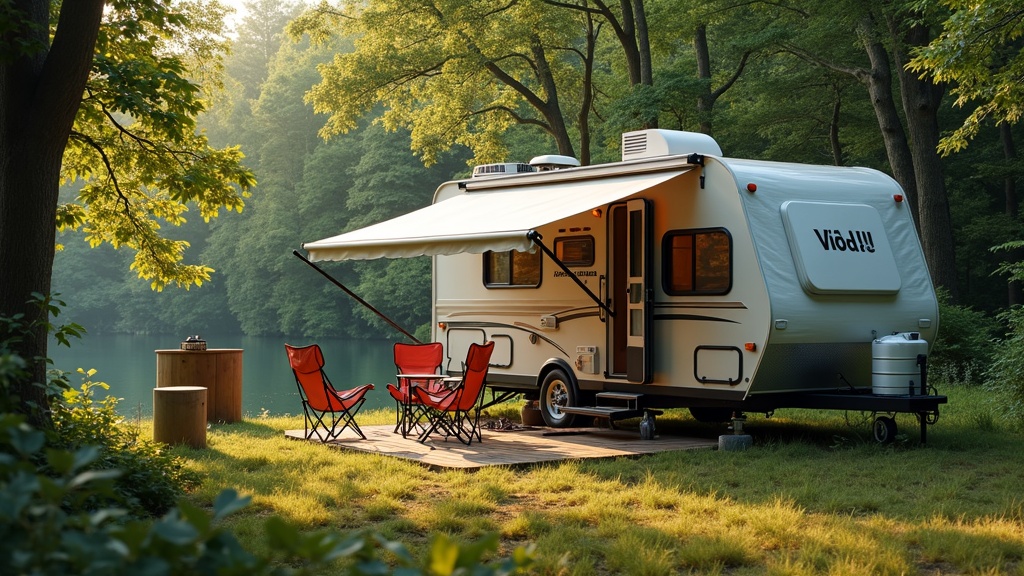
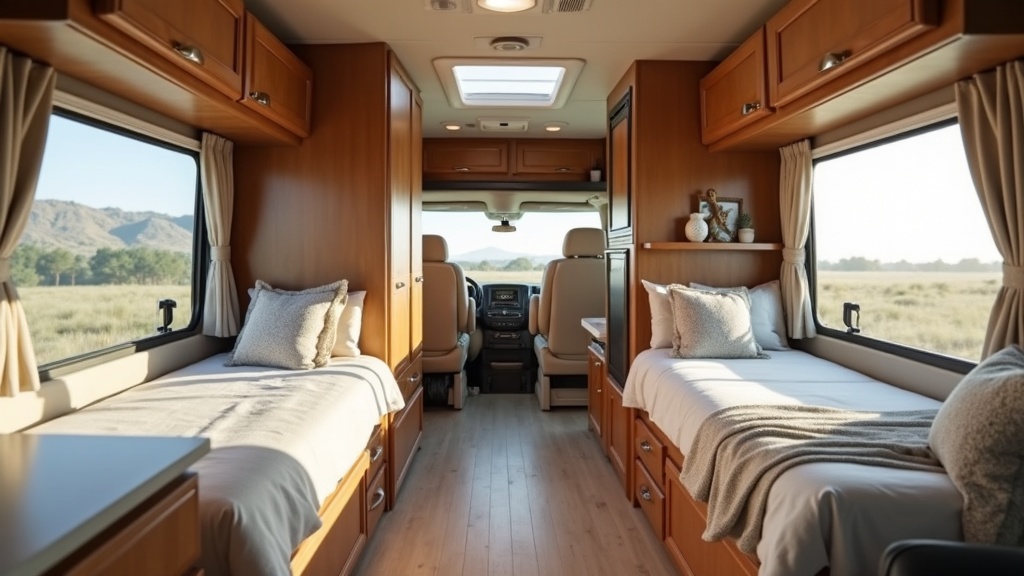
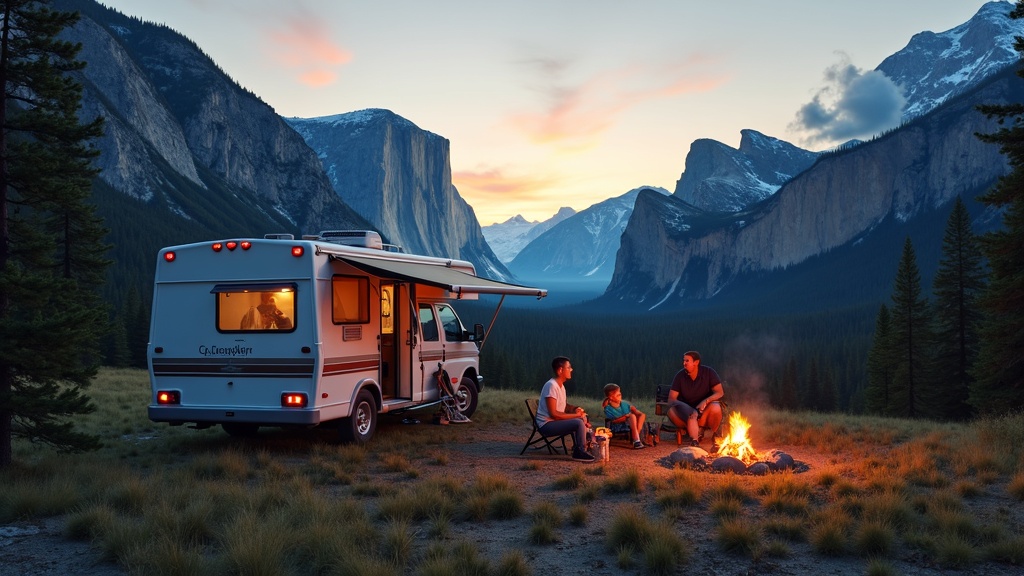

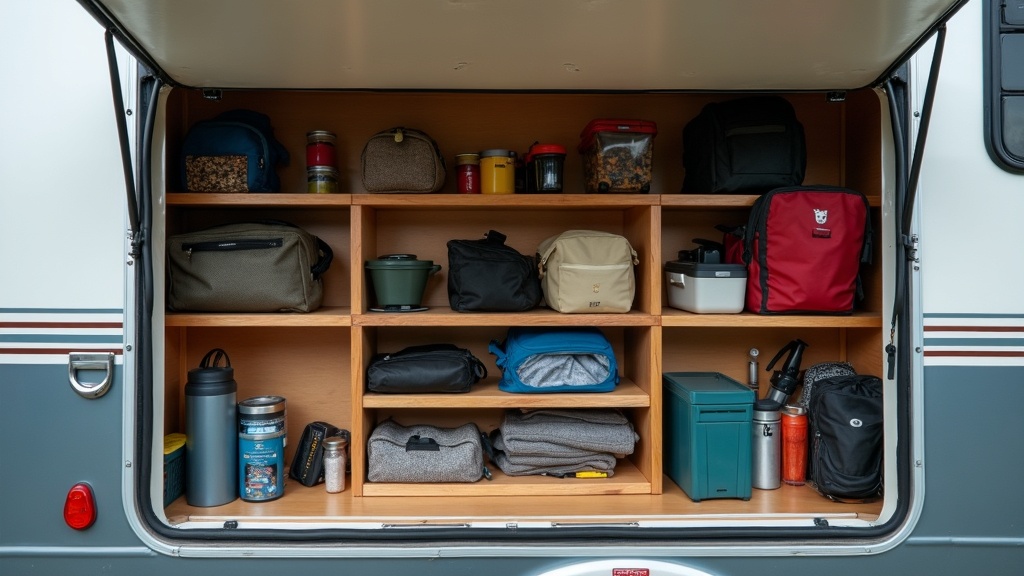


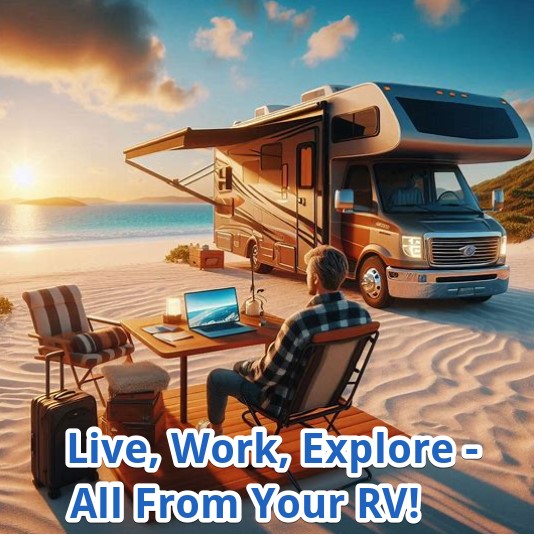
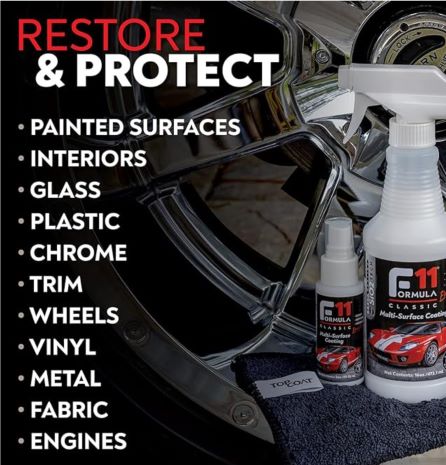
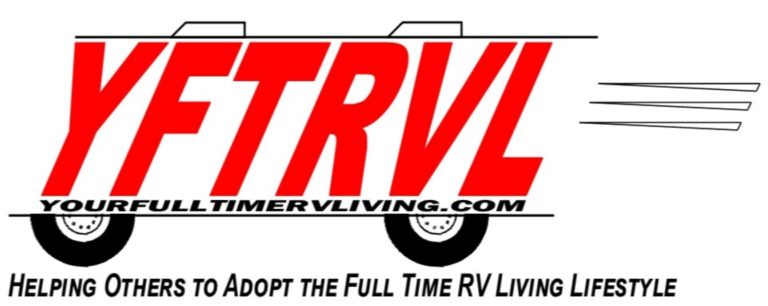



Recent Comments